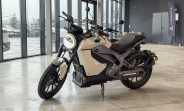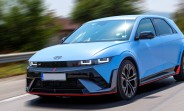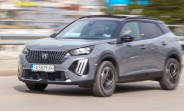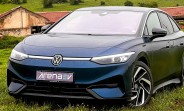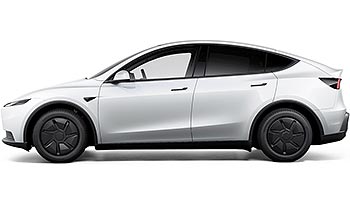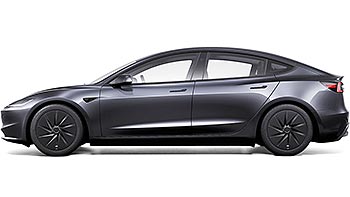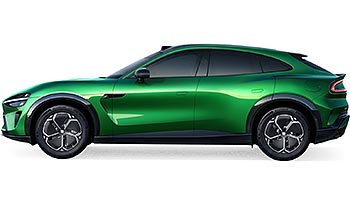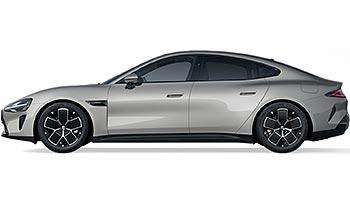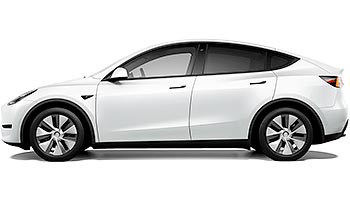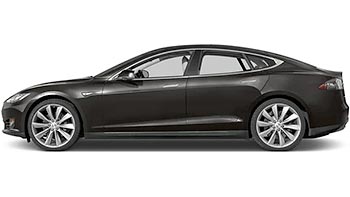AC/DC - basics of EV charging explained

Having an ICE vehicle and not knowing much about the details of the refueling process is not too big a deal - it's straightforward enough that it doesn't really matter. With electric cars it's certainly advisable that you are familiar with charging process, though, as it has an impact on the user experience.
When you are refueling you wait for two to three minutes, you pay the amount according to the volume of fuel you received and you are good to go. If you have an electric car though, quite often the “fuel station” is your own house and you need to have knowledge of your electric installation and the equipment in your car. And when you do charge at public charging stations, there are also things that you need to know, for example the maximum charging power of the charger and that of your car. Let’s try to clarify the charging topic.
 Hyundai Ioniq 5 at a public AC/DC charging station
Hyundai Ioniq 5 at a public AC/DC charging station
AC charging
The overwhelming majority of the charging sessions that take place in an electric vehicle are of this type. The principle is simple. The domestic or public interface, both provide AC current. The on-board charger of the vehicle converts the AC electricity to DC in order to charge the battery.
To determine the maximum charging power of our car we need to know two things. First, the electric specifications of our home electric installation or the public interface and the relevant specifications of the on-board charger of the car.
The domestic electric installation may be one phase or three phase. The 1-phase power is calculated as follows: P= V * I. 1-phase voltage depends on where you live and in Europe it is 230V. Multiplying it by the current we have the charging power that the electric installation can provide.
For example if we have 230V voltage and 32A current, the charging power is 7.36 kW (230V * 32A). In case of 3-phase electricity, with 400V voltage and 32A current, the charging power is calculated as follows: P= V * I * √3 = 400V * 32A * 1.732 = 22 kW. It is obvious that a 3-phase electric installation can provide much more power than a 1-phase installation.
 Mercedes-Benz EQS domestic AC charging station
Mercedes-Benz EQS domestic AC charging station
Let’s go over to the car now. If the on-board charger matches the electric installation, then the power fed to the car is the same. For example, if you have a Mercedes-Benz EQS with the 22 kW optional on-board charger, you can take full advantage of the above 3-phase electrical installation and charge your car with 22 kW using the relevant wallbox. Unfortunately, if you have the 3-phase installation and you connect your car to a schuko (type F) plug, with typical 10A current, you will get a mere 2.3 kW.
To calculate the required charging time for your car, you need the net energy content of your battery in kWh and the net charging power. If you have a car with a 50kWh battery, an on-board charger of 11kW and typical charger efficiency of 94%, then the required charging time is 50/(11*0.94)= 4 hours and 50 minutes. This is theoretical though and how close it may or may not be to reality depends on the so-called charging curve which is vehicle-dependent. Typically with home installations and their lower output you will come pretty close to the expected number.
 *Assumption: Vehicle consumption 18 kWh/100 km
*Assumption: Vehicle consumption 18 kWh/100 km
DC charging
In the DC charging area, things are a lot simpler. Since the DC charger provides DC current and the EV battery is also DC, then the on-board charger is irrelevant in the process. The maximum charging power that the battery can receive depends on two factors - its specs and the capability of the rapid charger.
In general, EV batteries use 400V voltage, but lately modern EVs use 800V+ architectures with some examples being Porsche Taycan, Audi E-Tron GT, Hyundai Ioniq 5, Kia EV6 and Lucid Air. These cars allow charging power of up to 350 kW with the respective 800V chargers.
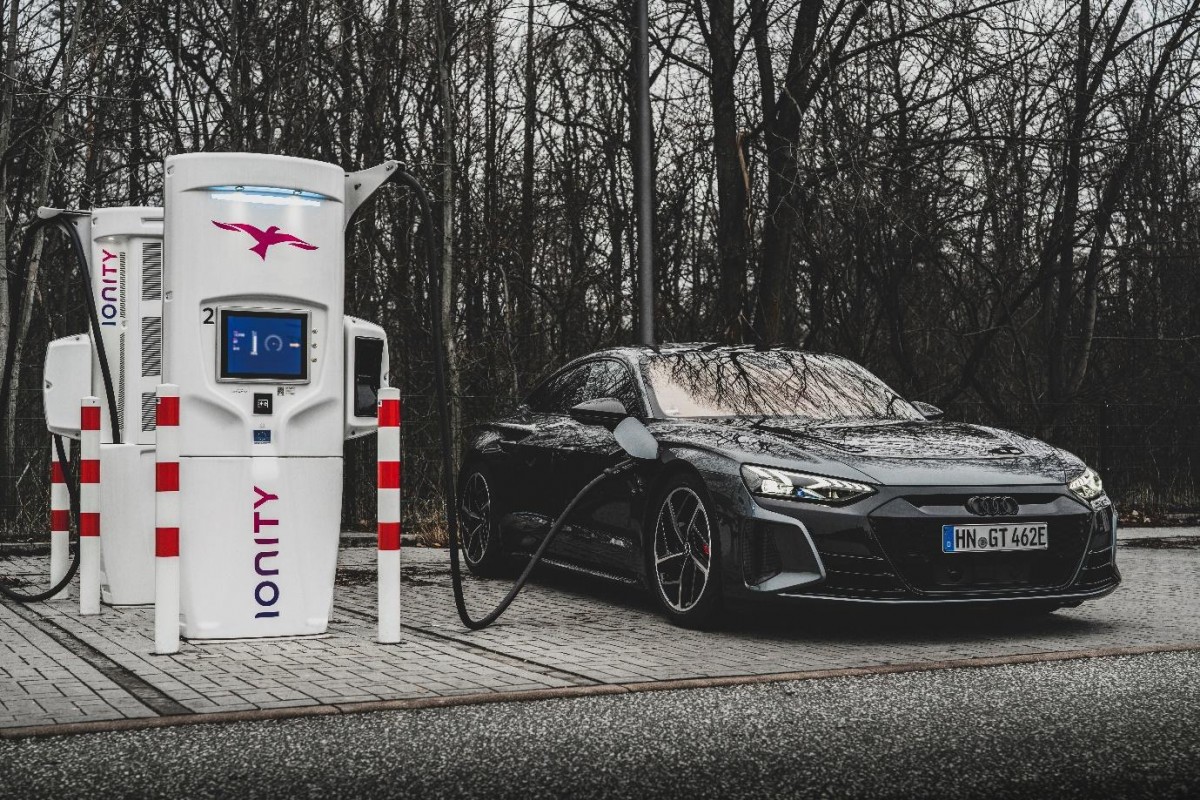 Audi e-tron GT can charge with up to 270 kW DC
Audi e-tron GT can charge with up to 270 kW DC
The charging power is also dependent on cooling. Most current cars have liquid cooled batteries, something necessary to handle the thermal load that rapid charging involves. Cars with passive air cooled batteries typically limit the DC charging power to 50kW to avoid excessive temperatures in the battery pack.
Electric car manufacturers typically recommend charging level up to 80% when using DC charging, to reduce the wear of the battery and because charging power over 80% drops significantly and it doesn’t make much sense to push further than that.
 *Assumption: Vehicle consumption 18 kWh/100 km
*Assumption: Vehicle consumption 18 kWh/100 km
A missed opportunity (?)
Charging as a process would be fundamentally simpler if only DC was used in electric cars. This may sound controversial but if electric cars used only DC charging, the on-board charger wouldn’t be needed, which would make cars cheaper and lighter and the vehicle owner wouldn’t need any cables at all in his trunk or frunk.
In the domestic field, the owners would use DC wallboxes with maximum power of 22 kW, similar to AC wallboxes. DC domestic wallboxes are commercially available today but they cost five to seven times more compared to AC wallboxes. Nevertheless, if all the manufacturers adopted only the DC charging option, the economy of scale would come into play and the prices for domestic DC chargers would significantly decline.
Arguably this decision should have been made from the beginning of the e-mobility era, but alas it's still not. This may be considered one of the biggest missed opportunities for e-mobility in general.
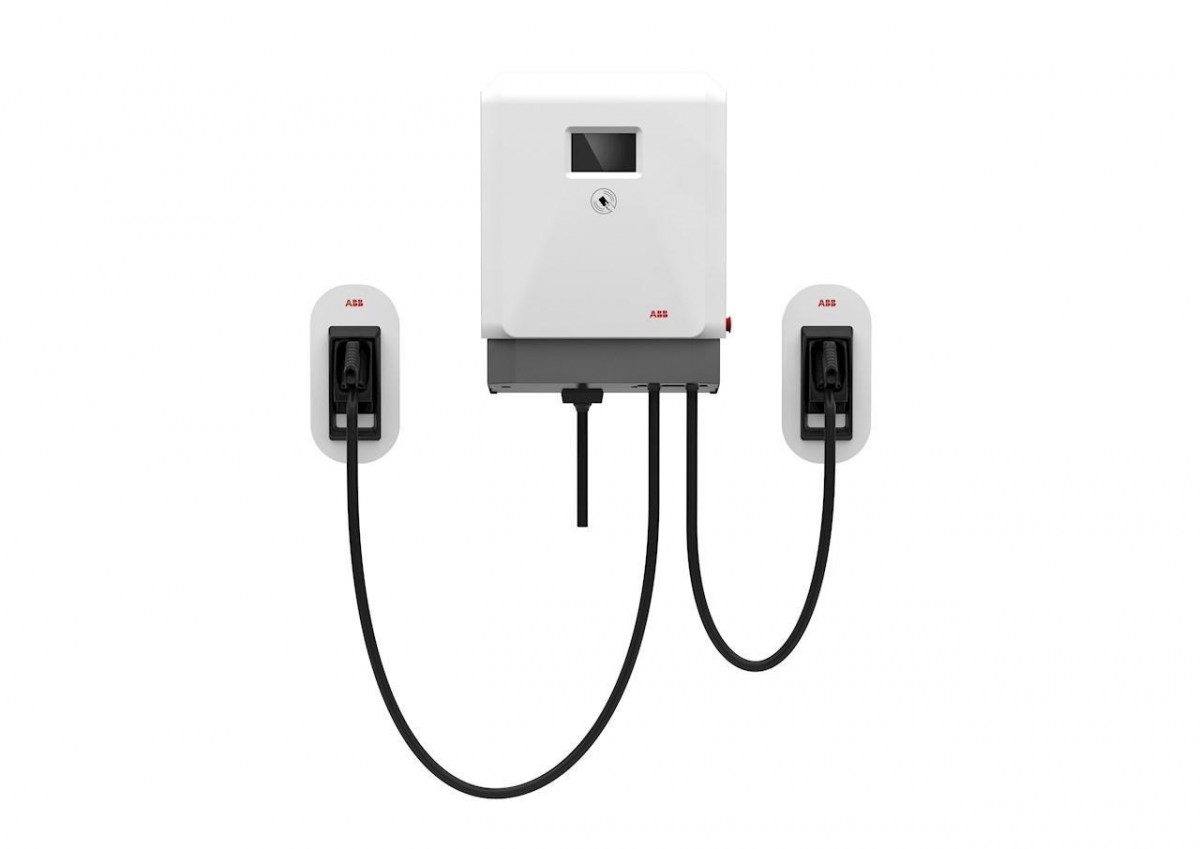 ABB 24 kW DC wallbox
ABB 24 kW DC wallbox
Related
Reader comments
- Lurker
I've seen them live twice.
- 26 Jun 2025
- M5q
- JSing
Thanks for the additional info on DC and general safety. I was just thinking that there just aren't that many sources of DC power and going AC for BEV is a no brainer. The safety issues probably highlight why there is a lack of DC power. Where B...
- 20 Jun 2025
- 4DP
- Anonymous
Especially with sales of EV cars going down and more people returning to traditional ICE cars. It's no wonder that PHEV is currently the best solution for both worlds.
- 01 May 2025
- K1L
